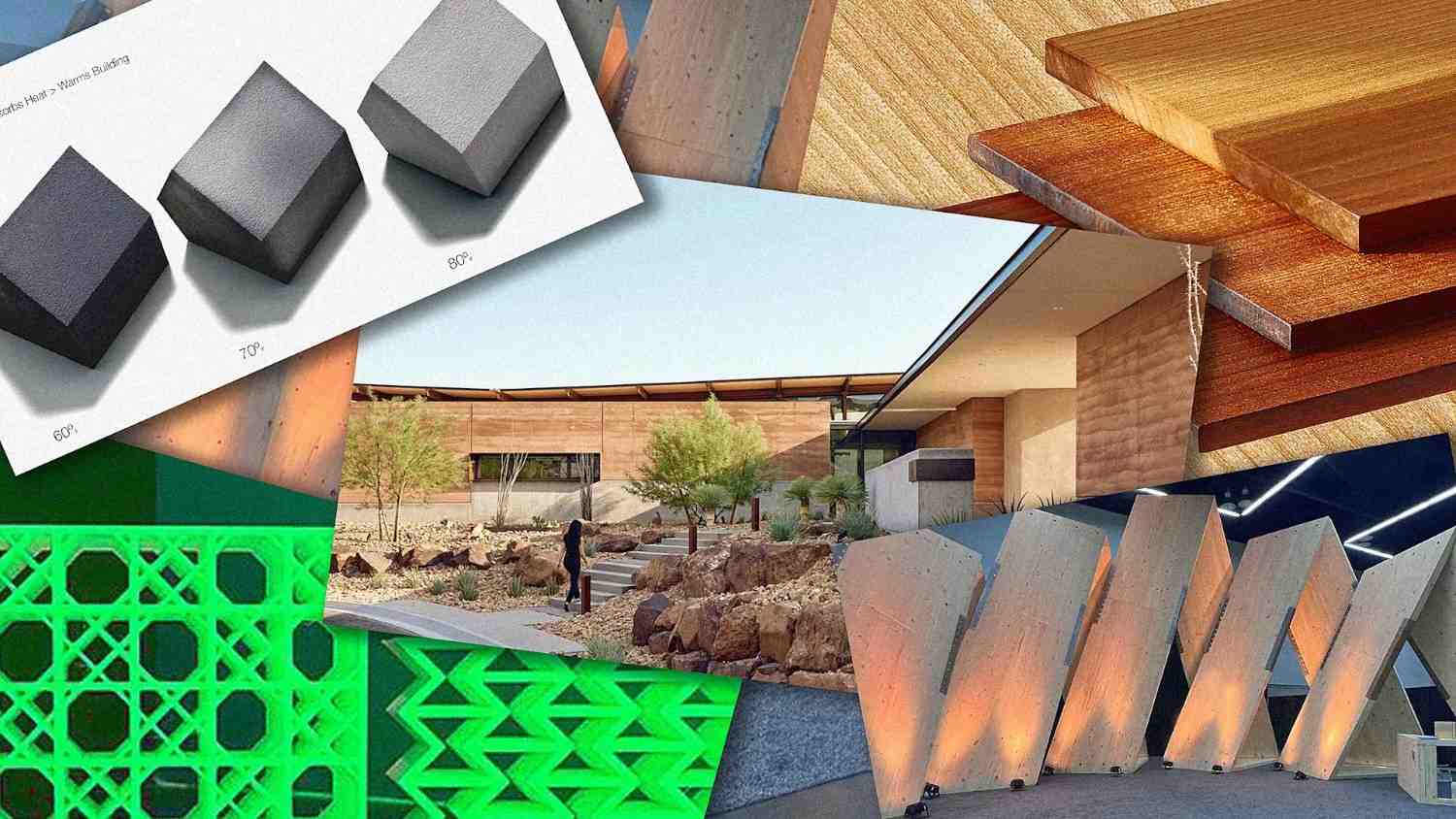- | 9:00 am
Designing smart cities in the Middle East will need empowerment and people-first innovation
Experts say smart design is emerging as a key solution for cities in the Middle East grappling with rapid growth, climate change, and social inequality

Urban centers worldwide are bracing for a population explosion. Projections indicate that 70% of the global population will reside in cities by 2050. Faced with the dual pressures of overpopulation and climate change, urban planners increasingly consider “smart city” technologies a critical solution.
Born in the late 1990s, this concept, which utilizes data and technology to enhance urban life, has evolved into a complex system integrating digital networks, individual input, and community resources.
While challenges like technological gaps and organizational hurdles exist, the potential for improved sustainability and citizen engagement drives the rapid adoption of smart city initiatives.
The Middle East is embracing smart city technology. The UAE leads with the Smart Dubai initiative, aiming for paperless governance and advanced transportation, and Abu Dhabi focuses on smart infrastructure and living. Saudi Arabia’s NEOM project envisions a sustainable, tech-driven city, while Qatar’s Msheireb Downtown Doha emphasizes eco-friendly urban design.
CHALLENGES TO TACKLE
Rapid urban development challenges sustainable growth, requiring thoughtful planning that minimizes environmental impact while preserving community bonds. Shireen Hamdan, Global Director at Populous and General Manager of Populous KSA, says smart cities can achieve this through holistic urban planning, strategically locating key amenities, and optimizing walking routes and transport infrastructure.
“This approach also demands more from buildings themselves, requiring architects and designers to push beyond the traditional conventions of typology to maximize space by ensuring flexibility for different uses and events.”
Hamdan cites stadiums as an example. Once considered “bad neighbors” due to limited community use, they were often built on the city outskirts. However, modern designs now integrate stadiums into urban areas, enhancing public amenities and local transport and transforming them into catalysts for urban regeneration.
Modern cities grapple with many challenges, from rapid population growth and climate change to resource scarcity and social inequality, demanding holistic solutions integrating technology, sustainability, and inclusive planning. According to Mitchell Joachim, Co-Founder of Terreform ONE, “smart urban design can address these issues through data-driven governance, green infrastructure, and resilient urban systems.”
Joachim cites several examples of smart urban design in action. For instance, AI-powered traffic management can significantly reduce congestion, while green infrastructure such as green roofs and permeable pavements can help mitigate urban heat islands and flood risks.
Additionally, circular economy models like waste-to-energy plants and water recycling systems can conserve resources and minimize environmental impact, showcasing the potential of smart urban design to create more sustainable and resilient cities.
“By embedding smart technologies into urban planning—such as predictive maintenance for infrastructure, decentralized renewable energy grids, and intelligent public transit—cities can become more livable, adaptable, and equitable,” adds Joachim.
“When we look at cities from a master planning perspective, one of the most important questions we must consider is how our design will evolve to accommodate population and growth,” says Philip Gillard, Managing Director of Arquitectonica. “As cities expand, ensuring economic resilience is paramount.”
He adds that this requires efficient transportation networks and mixed-use developments that foster opportunities and support sustainable growth. With population growth comes increased energy demand, making environmental considerations vital. Smart technologies, such as energy-efficient buildings and integrated management systems, are critical in addressing these challenges.
SUSTAINABILITY IN SMART DESIGN
The role of urban design in enhancing energy efficiency within smart cities can’t be emphasized enough. Cities like Amsterdam, Stockholm, and Copenhagen exemplify how smart urban planning can lower emissions, reduce costs, and boost sustainability by leveraging renewable energy and intelligent infrastructure.
“Integrating technology, sustainable materials, and innovative planning, cities can significantly reduce energy consumption and carbon footprints,” says Shahira Fahmy, Principal and Founder of Shahira Fahmy Architects, citing Masdar City in the UAE, which uses a smart grid powered by AI for efficient energy management.
Similarly, Joachim stresses the importance of energy efficiency in sustainable urban development. “Passive design principles—like building orientation for optimal natural light, high-performance insulation, and green facades—minimize energy use at the architectural level,” he explains.
Smart grids with demand-response systems adjust energy distribution in real time, and district heating networks like Copenhagen’s use industrial waste heat to cut energy demand. Singapore’s sensor-driven street lighting dims when inactive, along with solar glass windows, kinetic pavements, and AI-optimized HVAC systems for enhanced energy efficiency.
However, implementing sustainable practices in smart city developments can be challenging. Hamdan says, “There’s no universal formula—every project is different and requires a customized approach. The right mix of design strategies, materials, technology, and construction methods depends on various factors, including location, climate, building orientation, and, most importantly, how the space will be used.”
For large-scale developments, prioritizing sustainability from the start is crucial but challenging, particularly in the Middle East, where rapid, overlapping projects influence each other.
Gillard emphasizes the importance of future-focused urban design that respects the needs of current residents and takes into account daily habits and lifestyles. He adds that thoughtful choices—from façade materials to street orientations—can help reduce heat in buildings and urban spaces.
He also points out that public transport in many Middle Eastern cities still struggles to compete with car use. However, Dubai is setting an example for a more sustainable future through initiatives like the Dubai 2040 Urban Master Plan and The Dubai Walk Master Plan.
INCLUSIVITY IN DESIGN
A fundamental risk of smart city development is worsening digital divides and economic disparities if technological benefits are skewed toward affluent communities. Joachim says, “To ensure inclusivity, cities must implement policies that guarantee universal access to digital infrastructure, affordable high-speed internet, and open-source urban data.”
He highlights participatory governance models like Barcelona’s “Decidim” platform, which empowers residents to influence urban policies through digital tools, ensuring smart city innovations reflect community needs.
Socially equitable urban design, innovative transit solutions, air quality sensors, and IoT navigation aids in underserved areas are essential.
Joachim also emphasizes the need for digital literacy programs, affordable technology access, and inclusive AI governance to ensure that smart city benefits reach all residents and bridge socioeconomic gaps.
Similarly, Fahmy emphasizes that inclusive development requires equitable planning, policy frameworks, and community engagement to benefit all residents. By adopting this approach, cities can drive advancements in key areas, including hyper-connected infrastructure, sustainable green cities, autonomous mobility, resilient urban planning, and decentralized governance.
“Smart cities must prioritize people-first innovation—ensuring that all residents benefit from urban technology regardless of income, ability, or background. Cities can create a truly inclusive and fair technological future by integrating digital equity, ethical AI, participatory governance, and economic inclusion.”
Gillard says that understanding people is foremost. “We have to consider our scale of influence from the individual to the wider community. Integration with nature is essential, with passive and active spaces that allow for both intimate and communal experiences where we avoid overwhelming feelings but offer opportunities to connect. Everyone should feel seen and supported, avoiding isolated communities.”
The key lies in collaboration. By bringing together diverse ideas and specialties supported by forward-thinking governments, cities can become flexible, adaptable, and stable hubs for the future.
THE FUTURE OF SMART CITIES
The long-term economic benefits of smart cities are significant, from lowering operational costs and improving energy efficiency to building resilience against climate challenges. However, Hamdan says, “Making this a reality takes strategic planning and foresight, but it’s entirely possible – and will lead to healthier, more liveable cities for everyone.”
Joachim predicts that smart cities will evolve through advancements in AI, autonomous mobility, decentralized energy networks, and interconnected urban ecosystems. “Over time, cities will shift from centralized infrastructure models to more modular, self-sustaining systems, where local energy microgrids, water recycling units, and urban agriculture reduce reliance on large-scale utilities.”
AI-driven urban management will optimize city operations, predict maintenance needs, streamline traffic flow, and enhance emergency response efficiency. The economic benefits of long-term smart city investment include cost savings in infrastructure maintenance, reduced healthcare expenditures, and increased productivity.
“By embedding sustainability principles within the smart city framework, urban centers can future-proof themselves against economic volatility while maintaining environmental and social resilience,” adds Joachim.







































